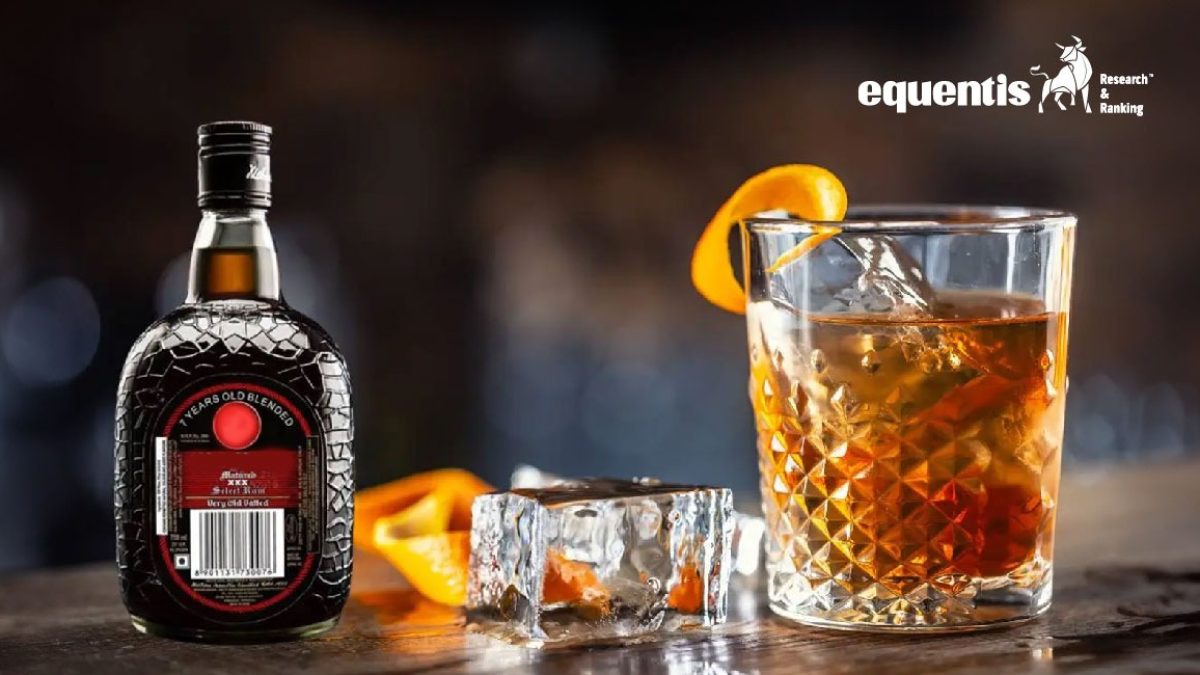Coffee and Rum: India's “Old Men” Mystical Touch in Global Delights

Imagine a world, centuries ago, where the precious coffee bean was held under a strict monopoly. In the 15th century, coffee had travelled from its Ethiopian birthplace to Yemen, and Arab traders fiercely guarded their secret, ensuring only roasted or boiled beans left their shores. The goal was simple: prevent anyone from cultivating this invigorating crop elsewhere.
But history, much like a well-aged spirit, has its own surprising twists. Enter Baba Budan, a revered 17th-century Indian Sufi saint. On his pilgrimage back from Mecca, Baba Budan achieved an extraordinary feat of daring. He wasn’t just bringing back spiritual enlightenment; he reportedly got seven fertile green coffee beans out of Yemen, tucked carefully within his beard charmed by its aroma. These weren’t just beans; they were the future of coffee in India. He planted them in the fertile Chandra Drona Giri hills of Karnataka, now known as Baba Budan Giri, adjacent to the famed Coorg region. This audacious act, involving the sacred number seven, marked the dawn of Indian coffee cultivation. What started as seven clandestine beans blossomed into a sprawling industry, a testament to one man’s vision and defiance.
Centuries later, another iconic Indian beverage emerged, also steeped in legend and deeply connected to a powerful number: Old Monk rum. Born in December 1954 from the Mohan Meakin Ltd. legacy, a company that traces its roots to a British brewery in Kasauli, the story of Old Monk’s distinctive flavor is captivating. While the charming tale of Brigadier Kapil Mohan’s brother discovering a secret Himalayan monk’s formula is more folklore than fact, the true inspiration came from the aged, spiced liquors produced by European monastic orders like the Benedictines. Yet, it was the Mohan family’s genius, particularly Colonel Ved Rattan Mohan, Brigadier Kapil Mohan’s brother, that infused this European inspiration with an unmistakable Indian soul.
And here lies the profound parallel: just as Baba Budan’s seven beans seeded an entire industry, the classic Old Monk XXX rum is famously aged for a minimum of seven years in oak barrels. This period of quiet transformation, like the sacred number of beans, is fundamental to its smooth, comforting character.
But the Indian connection runs even deeper. While Europe may have mastered the art of distillation, India has been the undisputed land of spices for millennia. Old Monk, with its complex flavor profile hinting at vanilla, caramel, and other discernible spices, is a testament to this heritage. It’s as if India took a spirit refined by European techniques and, through its innate understanding of aromatics, imbued it with its own spicy warmth, creating a beverage that truly “soothes the soul.”
And perhaps, the deepest connection lies not just in shared numbers or spirited flavors, but in the very lexicon of their legends. For in Hindi, ‘Baba’ resonates with the reverence for a monk or a holy man, and ‘Budhan’ (often transliterated as ‘Budan’ in the saint’s name) evokes the wisdom of an ‘old guy’ or an elder. Could it be mere coincidence that the iconic rum, a quintessentially Indian comfort, proudly carries the name ‘Old Monk’? It’s as if the very spirit of Baba Budan—the audacious holy man who brought the soul-stirring coffee to our soil—lives on, reincarnated in the beloved dark liquid. From the sacred beans planted by a ‘Baba Budan’ to the spiced elixir named ‘Old Monk’, India doesn’t just embrace global delights; she imprints them with her profound, timeless essence, forever binding them to her ancient roots and her ever-soothing spirit.
This narrative of quiet defiance, spiritual journeys, and indigenous flair brings me to a personal point of pride. The remarkable legacy of Brigadier Kapil Mohan, who steered Old Monk to become a global phenomenon – reportedly the world’s best-selling dark rum – resonates deeply with me. Brigadier Mohan was not just an astute entrepreneur; he was a distinguished officer of the India Gate Territorial Army Battalion. For those who might not know, this prestigious unit has also been home to other distinguished figures like Anurag Thakur and Sachin Pilot, embodying a unique blend of leadership and public service. It’s a profound privilege to share that I too have served in this very battalion, a connection that bridges me to these quiet giants who shaped not just an iconic brand, but a significant part of India’s spirited narrative. His impact extended beyond the boardroom and the barracks; in a rare honor, a suburb in Delhi NCR and even a Delhi Metro station are named after him, a testament to his enduring contribution and the indelible mark he left on the nation’s landscape.

